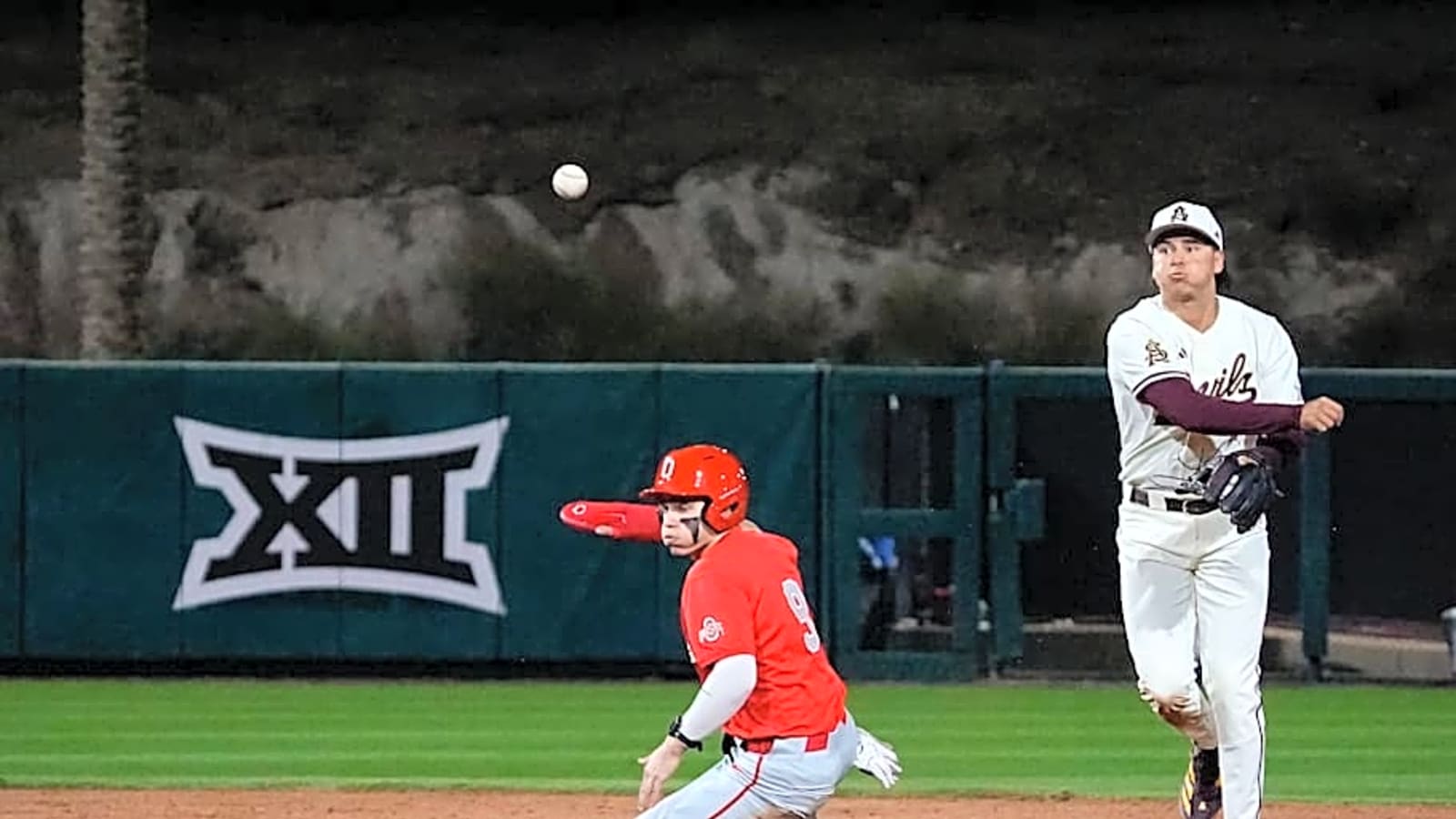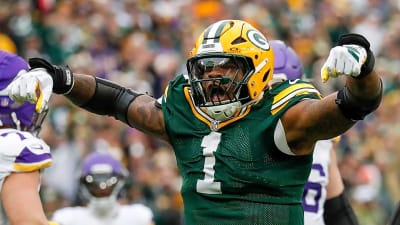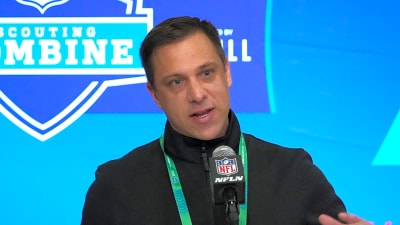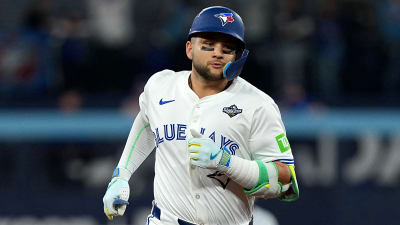
Willie Bloomquist and the Arizona State Sun Devils have done it.
The baseball program (36-22) won an NCAA tournament game for the first time since 2021 with a 4-2 victory over the UC Irvine Anteaters (41-16) on Friday night.
The Sun Devils came into the game on a four game losing streak - including being shutout for the first time all season by Brigham Young in the Big 12 tournament.
Much uncertainty surrounded the tournament prospects of the Arizona State team after the BYU loss - as the squad's RPI ranking of 48 is widely considered the traditional profile of a team that is firmly on the bubble.
They still received an invite to the tournament as the three seed in UCLA's region - and thus drew one of the premier mid-major programs in UC Irvine.
The game ended up living up to the billing.
Jacob Tobias and Isaiah Jackson both hit crushing home runs in the second inning to give the Sun Devils a 2-0 advantage early on in the game.
The Anteaters responded with a run off of an Alonso Reyes double and tied the game off of a throwing error from Arizona State's Kyle Walker.
Ben Jacobs eventually settled in after getting out of a logjam in that very inning - pitching five quality innings that were accompanied by six strikeouts.
A Brandon Compton groundout in the fourth inning gave Arizona State a lead of 3-2 that was held behind a superb effort from both pitchers and the Sun Devil defense until Jackson hit in another run in the eighth frame.
Two strikeouts and a fly out to center are what sealed the victory for Boomquist's squad, who are looking to have regained momentum that was previously lost.
UC Irvine now faces an elimination game against Fresno State, while ASU will face off against a familiar foe in former Pac-12 rival UCLA.
The Sun Devils previously beat the Bruins by a score of 2-0 back on February 26 - this time, the pressure will be raised tenfold.
Arizona State-UCLA Details
First Pitch: 6 P.M. Arizona time
Where: Jackie Robinson Stadium, Los Angeles
Network: ESPN+
Read more about the current dealings within the Sun Devil baseball program here and here.
Please let us know your thoughts on the Sun Devils starting the tournament with a victory when you like our Facebook page when you click right here.
More must-reads:
- Padres' Michael King re-signing helps alleviate significant losses
- Angels' possible plan for Mike Trout isn't the answer
- The 'AL and NL MVPs since 2000' quiz
Breaking News
Trending News
Customize Your Newsletter
 +
+
Get the latest news and rumors, customized to your favorite sports and teams. Emailed daily. Always free!








